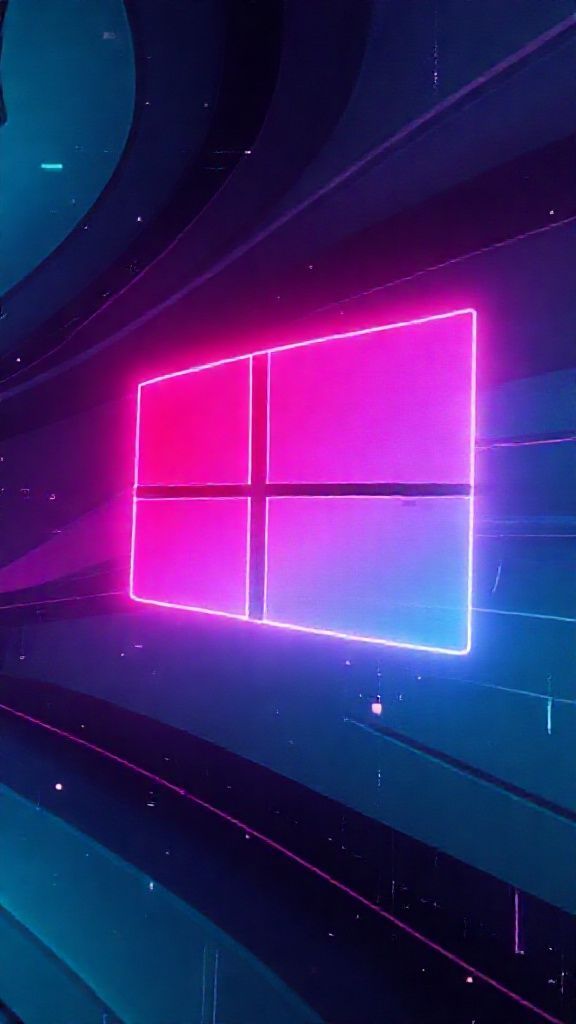20. November 2025
Windows 11S Digital Signage Mode Brings An End To Infamous Bsod

The Blue Screen of Death, once a harbinger of doom and frustration, has become a rare sight in public. However, with the advent of Windows 11’s new “Digital Signage Mode,” even these unorthodox BSOD appearances are set to fade away within 15 seconds of the crash.
To understand the significance of this new feature, it’s essential to revisit the humble beginnings of the Blue Screen of Death. In its heyday, a blue screen remaining up for hours on end was often a symbol of the struggle between technology and humanity. The infamous giant LED wall at the Beijing Olympics rehearsal, which displayed a blue screen for an entire day, became an iconic representation of this phenomenon.
However, times have changed, and with Windows 11’s Digital Signage Mode, Microsoft is tightening its grip on even these unusual BSOD appearances. This new feature can be configured inside Windows 11 as part of the recovery settings, and once enabled, any blue screen of death will only remain visible for 15 seconds before automatically disappearing without needing manual intervention.
It’s worth noting that a BSOD almost always leads to an immediate restart anyway, so these are edge-case scenarios we’re talking about. The Digital Signage Mode is designed to address situations where computers running signage aren’t properly set up to deal with sudden crashes or when IT teams aren’t actively present at the site monitoring them.
In such cases, this mode can come in clutch, ensuring that no Windows screens or error dialogs appear on public displays. According to Microsoft’s announcement blog, “Once enabled, it helps ensure no Windows screens or error dialogs will show on your public displays.” This feature is particularly useful for non-interactive screens showing advertisements, such as billboards and posters.
However, it’s essential to distinguish Digital Signage Mode from Kiosk mode, which locks down Windows to just one platform or application. While both modes aim to provide stability and security for public displays, they serve different purposes. Kiosks run enterprise-grade Windows, which is more stable to begin with, but often boot directly into a specific application without loading other UI.
In contrast, Digital Signage Mode is designed for non-interactive screens that primarily show advertisements or static content. Microsoft emphasizes that Kiosk mode is still the ideal choice for interactive displays, such as those issuing tickets at a bank or ordering counters at a restaurant.
Aside from Digital Signage Mode, Microsoft has also introduced other stability-based improvements in Windows 11, including a more comprehensive restore point system called “Point-in-time Restore.” This feature allows IT managers to use the Intune portal to service PCs even more thoroughly, with remote access to the OOBE setup. Copilot, Microsoft’s AI assistant, also made an appearance at the Ignite 2025 event, with a focus on AI features that users have been eagerly awaiting.
The introduction of Digital Signage Mode is a testament to Microsoft’s commitment to improving the stability and security of Windows 11. By providing a more robust solution for edge-case scenarios, this feature ensures that even the most unexpected BSOD appearances will soon become a thing of the past.
As we look ahead to the future of computing, it’s clear that Digital Signage Mode is an important step towards creating a more reliable and user-friendly operating system. With its emphasis on stability, security, and ease of use, Windows 11 is poised to become the go-to choice for businesses and individuals alike.